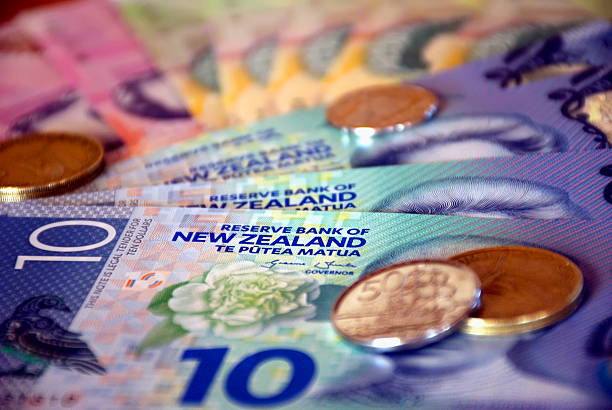Kiwi Gains Ground as China Data and Risk Appetite Push NZD/USD to New Highs

The New Zealand Dollar is getting stronger against the US Dollar and is trading close to recent highs. This is because the market is feeling better about risk and Chinese data is looking good. The NZD/USD pair has gone up almost 1% since Monday, trading around 0.6072 during the US session. It has stayed strong even after a small drop last week.
This rise is mostly due to a number of things that point to a safer global risk environment. Investors are cutting back on their safe-haven positions since it looks like tensions in the Middle East, especially between Israel and Iran, may not turn into a full-blown war. The reduction of global worries is making people more willing to take risks with currencies like the Kiwi.
Chinese retail data improves the outlook for the NZD
The NZD has also been helped by China’s retail sales in May being better than predicted. China is New Zealand’s biggest trading partner, so when people in Beijing want more of New Zealand’s products, especially dairy and agricultural commodities, it means that they want more of them. This information contributes to the positive story of how strong the Kiwi is. You may look at official Chinese data on the National Bureau of data of China website.
Technical indicators show that there is more room for growth
Technical charts show that the bullish momentum is strong. The NZD/USD pair has been going up steadily since mid-April, thanks to moving averages that are getting higher and higher lows that are staying the same. The 21-day and 50-day EMAs give support that changes near 0.6002 and 0.5936, respectively. A recent bullish flag breakout makes it more likely that the price will go toward the psychological barrier level of 0.6200.
Momentum indicators are still helpful as well. The RSI is below 70 but far above neutral, and the MACD is still in the positive range. Traders will probably keep buying on dips as long as the pair stays over 0.6000.
Also read: As tensions build in the Middle East, markets tremble: oil prices rise and stock values fall

